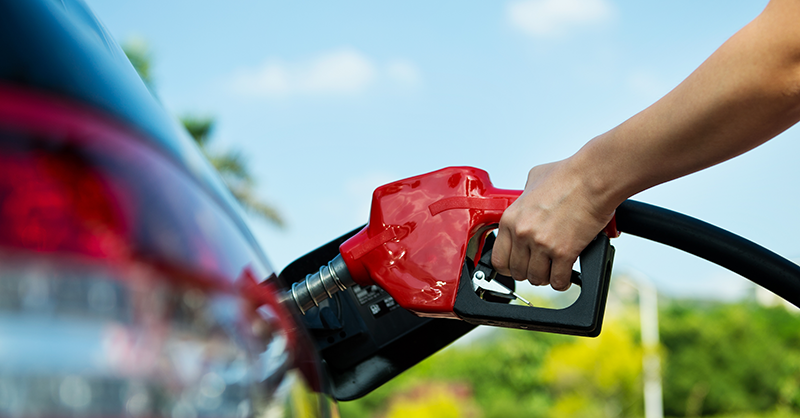Basic Tips Help Save Money At The Pump

The littlest things often make the biggest difference, especially when we’re talking about getting the best fuel economy.
So says the United States Department of Energy.
“Some consumers believe fuel economy ratings are a fixed number, like engine size or cargo volume,” said the DOE. “But a vehicle’s fuel economy can vary significantly due to several factors, including how the vehicle is driven, the vehicle’s condition, and the environment in which it is driven.”
Regular oil changes, staying on top of basic maintenance and monitoring tire pressure are some simple ways to wring every drop of gas out of your vehicle and every mile out of its engine.
Inside the engine, choosing the right grade of oil helps lubricate the many moving parts, reducing friction and increasing gas savings. Additives and synthetic blends may also help reduce friction and increase gas savings.
Then there are the tires, the only safety feature of a vehicle that actually touches the road. Improper inflation greatly reduces fuel economy, according to researchers at a prominent laboratory.
“The less [energy] that goes to friction, the more that the gasoline goes to moving the car down the road,” said Dr. David Greene of the National Center for Transportation Research, a federal agency operating out of the Oak Ridge National Laboratory. “Check your tire inflation and change your oil. Make sure that they are correct.”
Greene offered the following vehicle maintenance tips to maximize fuel economy:
- Tire pressure matters. Inflate tires to the recommended pressure for safety and savings. Refer to your owner’s manual for proper inflation amounts (also check for information on the driver’s side door panel).
- Choose the motor oil grade recommended for your vehicle and climate. Warmer temperatures usually require a thicker oil to keep the vehicle running properly. Refer to your owner’s manual for recommended oil grades for warm weather driving.
- Get a multipoint inspection. A comprehensive check is especially helpful if your vehicle is running rougher than usual. A multipoint inspection identifies problems.
Here are some suggestions for improving mileage, courtesy John Thomas, of the Oak Ridge National Laboratory’s Energy and Transportation Science Division:
- Leave the windows up. Driving with all four windows down decreases fuel economy by as much as 8.5 percent (depending on vehicle type and engine size).
- Carrying extra weight drains gas. Towing a 3,500-pound enclosed cargo trailer resulted in fuel economy penalties ranging from 30 percent in city driving to 50 percent at 80 mph for the test SUV.
- Slow and steady gets the best economy. The best fuel economies were achieved at a constant speed of 40 mph for the test sedan with 57.5 mpg and 50 mph for the test SUV with 29.5 mpg.
- Keep the tires inflated. Low tire pressure (50 and 75 percent of the manufacturer recommendation) can reduce fuel economy by up to 10 percent.
- Hybrids can burn gas, too. Hybrid vehicles speeding down the freeway operate on their gas engines and not battery energy. As a result, fuel economy rules apply the same as for traditional gasoline-powered vehicles.
- Think about storage. Boxes and suitcases strapped to top of a vehicle increase wind resistance. Consider using an aerodynamic cargo carrier.
- How you tow matters. Hitch-mounted carriers tend to offer less wind resistance than other types of racks since air flows over the back of the vehicle.
Copyright © 2018 by Sensible Driver. All rights reserved.